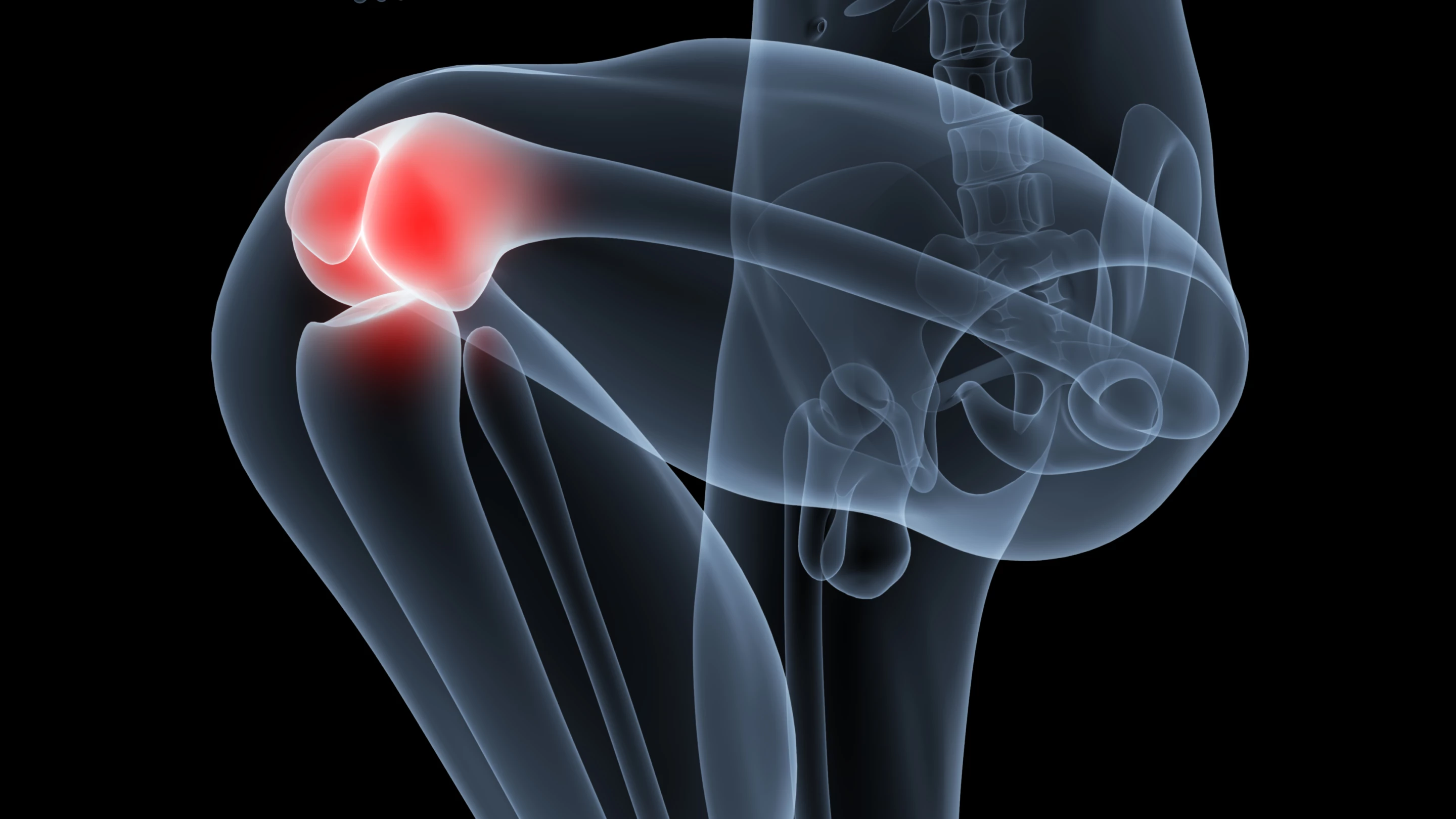Our body’s immune cells are highly effective patrol officers, springing into action when a foreign threat invades and poses a risk to our well-being. But they can be prone to cases of mistaken identity, incorrectly attacking healthy cells and joints to give rise to what we know as autoimmune diseases like rheumatoid arthritis. Scientists have just discovered a new mechanism that can be key in regulating these immune attacks, raising new hopes of drugs that can protect against joint inflammation and the ailments it can bring.
The research was carried out by scientists at Sweden’s Karolinska Institutet and centers on a pair of proteins known as IL-4 and IL-13. These are created by the immune system when it detects allergens or parasitic infections, and scientists have been studying them for some time in pursuit of more effective treatments for inflammation and its related disorders.
Through the use of the CRISPR gene-editing tool, the Karolinska Institutet scientists have now shed further light on the role they play in inflammation. The technology enabled the team to make adjustments to a set of hand-picked immune cell genes as a way of learning how those tweaks can impact the behavior of the cells.
“The results we obtained using CRISPR were key to quickly understanding how the system under study is regulated,” says Dr Wermeling. “I have high hopes that the experimental use of CRISPR will be hugely important to our understanding of how immune-cell behavior is regulated, and that this can guide us in the development of new efficacious drugs.”
Through these experiments, the team observed how IL-4 and IL-13 shape the behavior of what are known as neutrophils, a type of immune cell that congregates in large numbers in inflamed joints of people with rheumatoid arthritis. What the team found was that IL-4 and IL-13 play an active role in blocking the path of the neutrophils, stopping their migration to the inflamed joint, while also helping to tamp down the joint inflammation itself.
While excited by the discovery, the team is very aware that turning this new knowledge into new advanced treatments for joint inflammation and conditions like rheumatoid arthritis will involve a lot of further study.
“We will continue to study these mechanisms and hope that our work can contribute to the development of treatments for rheumatoid arthritis,” says principal investigator Fredrik Wermeling.
The research was published in the journal Proceedings of the National Academy of Sciences.
Source: Karolinska Institutet




